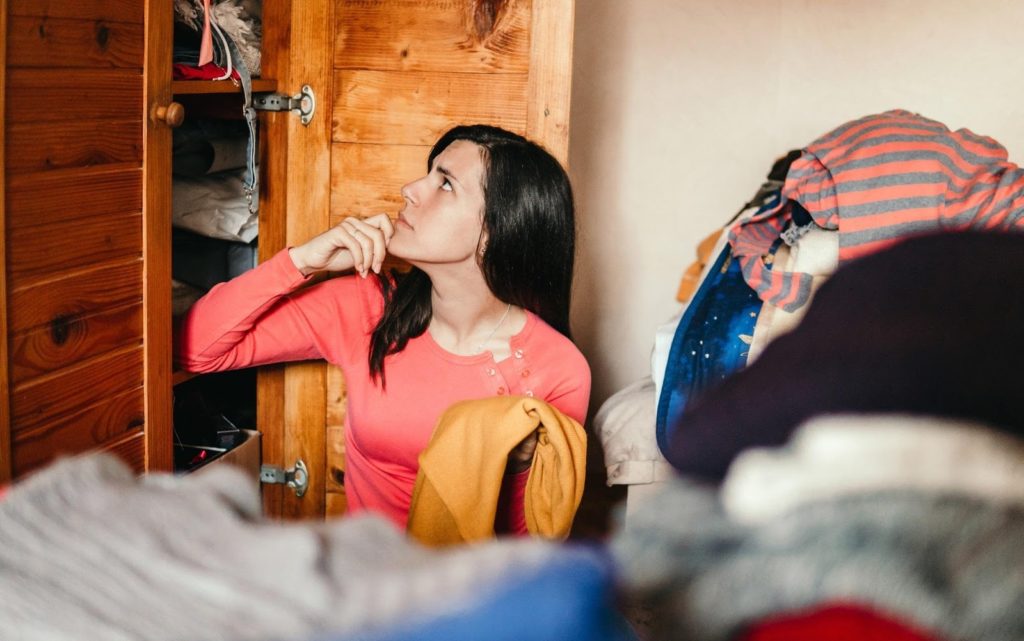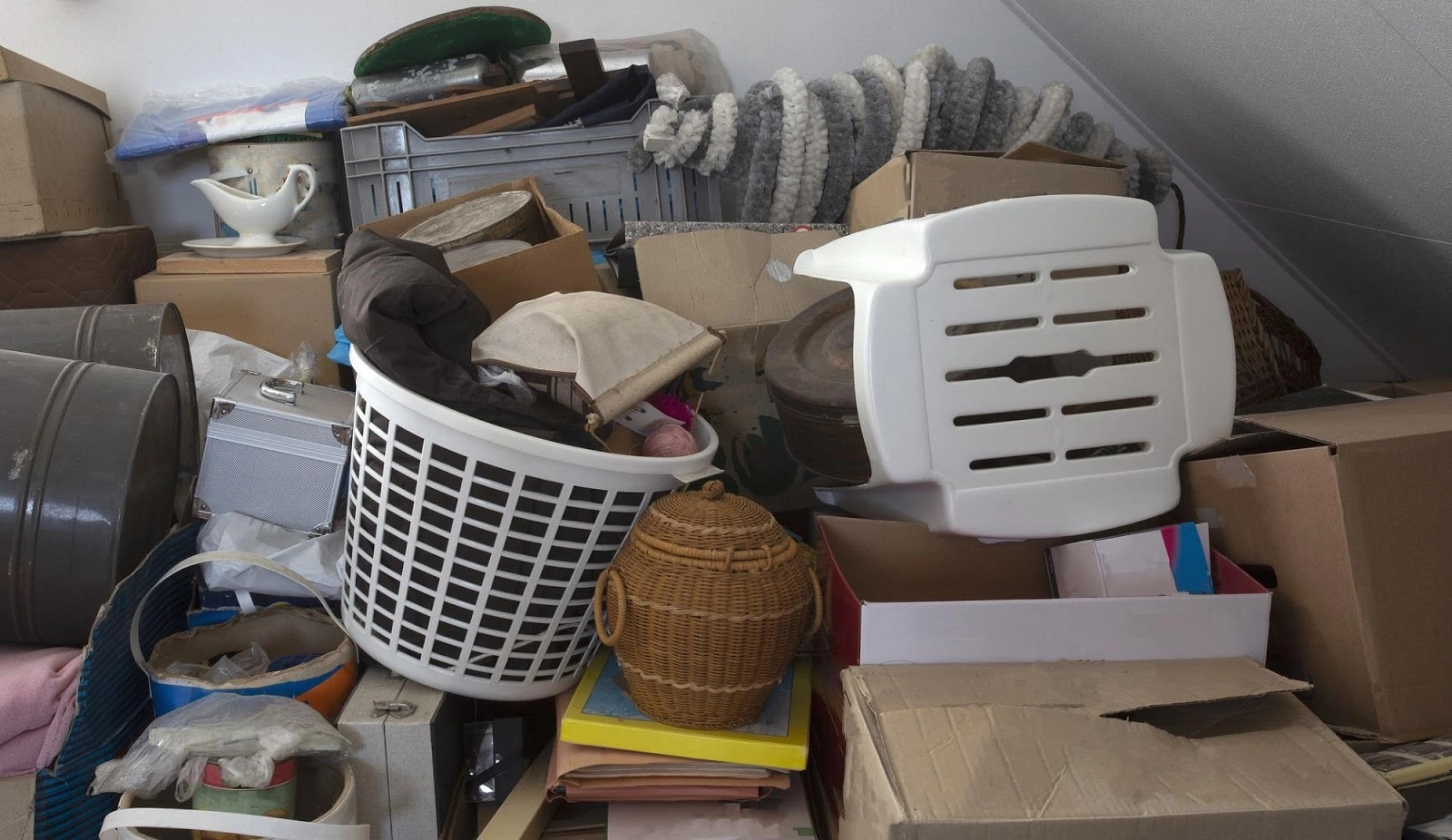When clutter builds in your home and takes over any and all space, working out how best to approach cleaning up the mess and removing the items that are causing the clutter can become concerning and stressful.
You may begin to feel overwhelmed by the thought of tidying away clutter and getting your home back to its intended condition, but where exactly do you start and when does an above average level of clutter become a symptom that you’re suffering from hoarding disorder?
In this blog, we look at the difference between clutter and hoarding before providing information on purging the clutter in your home and what you can do to make those crucial first steps in the decluttering process.
What is the difference between clutter and hoarding?
Although clutter and hoarding are similar, there is a key difference between the two. Hoarding is a form of mental illness that affects the sufferer’s ability to get rid of items in their home, typically leading to the items piling up, making the home excessively full and potentially unsafe, and potentially harming relationships with other people. Clutter, on the other hand, is a far broader term that is used to describe an unwanted, drastic level of mess in a specific area.
Clutter can be caused as a result of hoarding, but it isn’t always caused by a mental health matter. Instead, it may simply be an issue with allowing items to stack up caused by a lack of space, effort or attention being put into the cleaning process. Although potentially distressing, sorting out an excessive clutter problem is typically more straightforward to fix if the person responsible isn’t suffering from hoarding disorder. This is because the person is usually aware that clutter is usually not sustainable and even potentially dangerous, meaning they are more likely to be open to the concept of letting items be removed from their home.

How to purge clutter
With an emotional connection attached to many items and a significant amount of items to get through, the decluttering process may not be easy. You may need to work out what you want to keep, what you want to get rid of and if any items you no longer want could be given away to charity or passed on to friends or family members that could make use of them. You may also have to consider new storage solutions for the items you do want to keep.
The difficulty behind effective decluttering is partly based on the amount of clutter and how many rooms are affected by it, but also your own personality. For instance, if you’re sentimental and don’t want to see anything go to waste – as many hoarders are – it’s likely to be harder to get rid of items than it might be if you were simply happy to see your home returned back to its original condition.
To avoid the potential upset from disposing of sentimental or potentially valuable items, you should seek help from a friend or family member for some perspective. With this additional pair of eyes, it will be easier to evaluate if you have a point not wanting to get rid of specific items or whether you simply need help with letting go.
Another method of easing this potential obstacle would be to form three piles: one for keeping items, one for binning them and one for giving them away. With the incentive of giving items to charity or someone else that could benefit from them, it could help to know that some items will still be used in the future.
Where to start cleaning a cluttered house
If you’ve left the clutter in your home to build over a long period of time, it can be difficult to know where to start the cleaning process. However, if you want to attempt to clean away clutter yourself, there are a number of things you should bear in mind in the early stages.
When you begin the cleaning process, you should:
- Free up time to clean by choosing an available period for decluttering and running any crucial errands beforehand
- Pick a downstairs room close to a front or back door and then work through the house until every room is clean
- Focus on each item individually, finding a suitable place for it or disposing of it before moving on to the next one
- Take your time to ensure that the right decisions are made
- Ask for help from other people who live in the house or close family members and friends. This will both speed up the process and help to provide clarity when it comes to deciding which items are worth keeping and which should be disposed of.
Once you’ve started to make progress with decluttering your house, the process should become easier and you will begin to see signs of progress as the level of clutter decreases.
In circumstances where it’s possible for you to clean your home, you may want to consider carrying out the cleaning process yourself, but it’s important to bear in mind that this doesn’t apply to every situation. Ideal Response provides a professional hoarder cleanup service that can help with removing severe levels of clutter. You can get a free estimate by calling the hygiene and recovery experts directly on 01622 926 505 or by submitting your details online.



